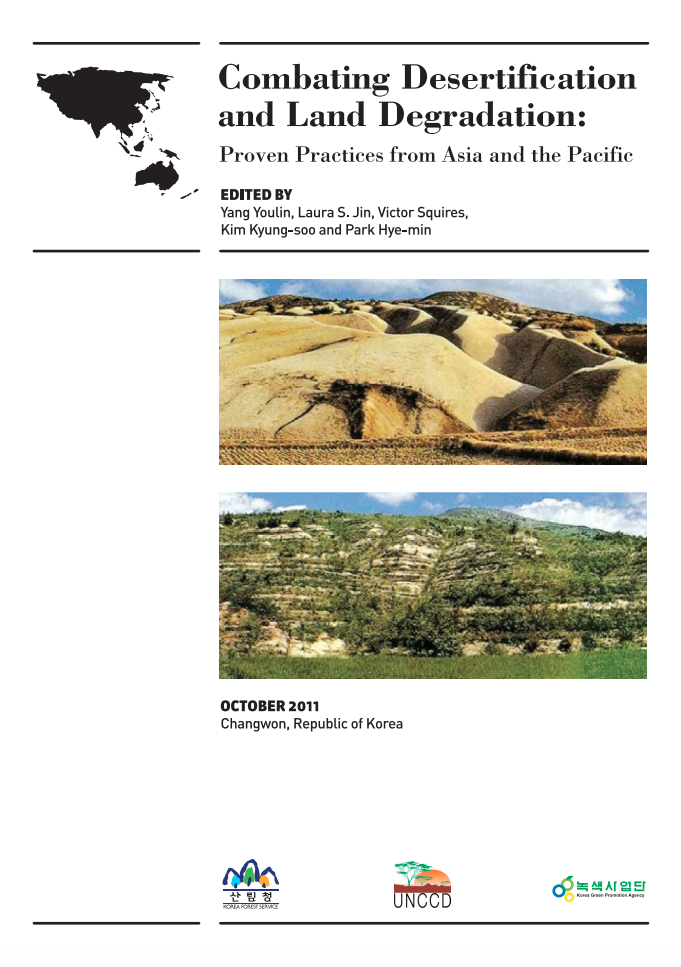Resource information
Asia and the Pacific, for the purposes of this book, encompasses a vast territory extending from Mongolia in the north to New Zealand in the south; from the Cook Islands in the east to Kuwait in the west (Map 1). The environmental diversity of Asia and the Pacific is therefore vast, and is contrasted by the region’s coldest and hottest deserts, verdant tropical rainforests, extensive steppe, desert steppe, grassland and rangelands, mountains and plains. It is this great variation in geography, topography and climate that provides the rich and unique diversity found in the region’s ecosystems. There is great disparity too in the ethnicity of its people’s and the economic status of its nations. The pressures on these rich natural resources and environmental systems have, however, been continuously increasing over the past few decades. Rapid population growth, urbanization, rising economic output and consumptive lifestyles, coupled with an increasing incidence of poverty, have all contributed to the region’s struggle to mitigate desertification and arrest and/or reverse land degradation in all of its forms.
Scope and purpose of this book
Clearly, it is not possible to give a detailed account of the efforts to combating land degradation and desertification in all of its forms by each and every nation in this vast geographic region. Instead, we have selected specific examples and case studies from across the region that exemplify the various approaches from labor intensive, low technology solutions to large-scale measures that rely more on technology. The main purpose of the book is to provide information about successes, inspire others and acknowledge the work of those whose efforts have achieved success.
The ultimate questions that the book attempts to answer are:
• Where are we now on the path toward solving the problems of accelerated land degradation?
• Where do we want to be within the next 10 or 20 years?
• How do we get there? What measures need to be taken at the policy and legislative level, in the area of technology and know-how and in development of human capacity?
Emphasis is placed on giving a clear statement of the key problem(s) being faced and on discussion about the approaches taken to confront the problem (s). These are generally organized under 6 headings (i) why measures were being taken (ii) what was done (iii) who was involved (iv) what was achieved (v) what was the outcome, and (vi) some assessment of who were the beneficiaries.


